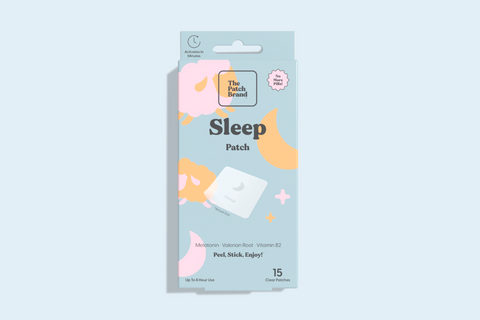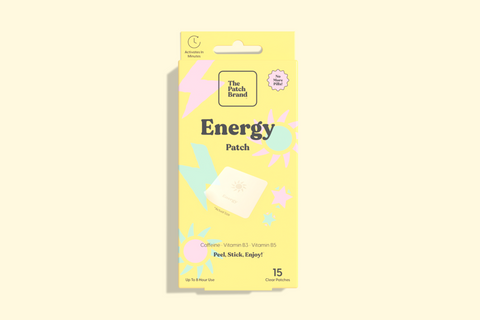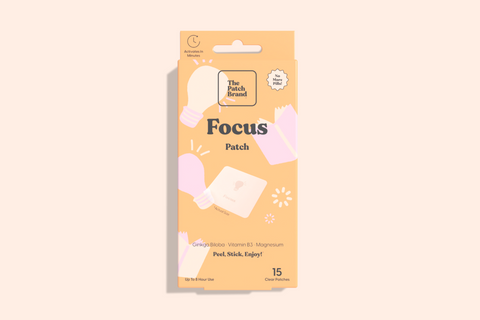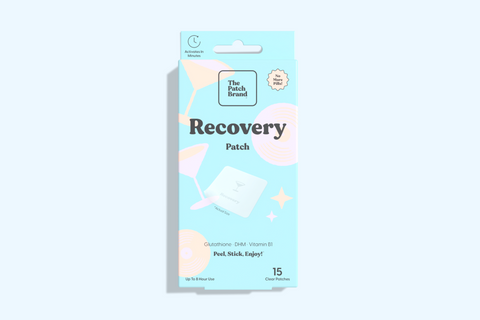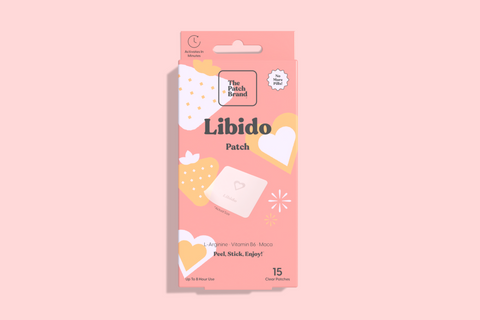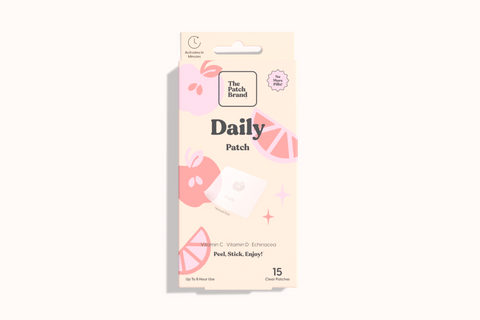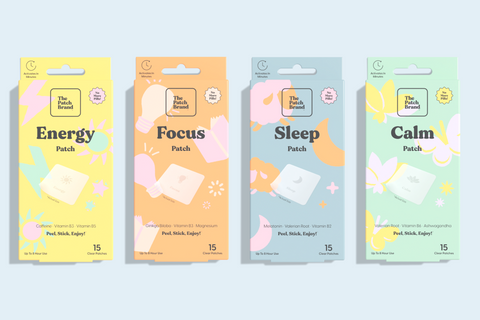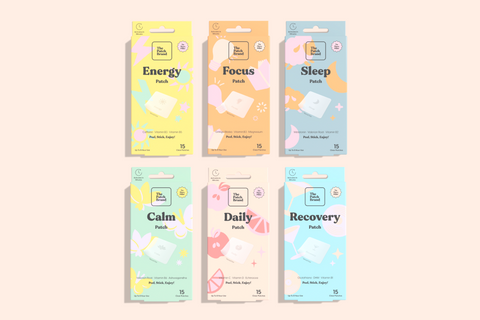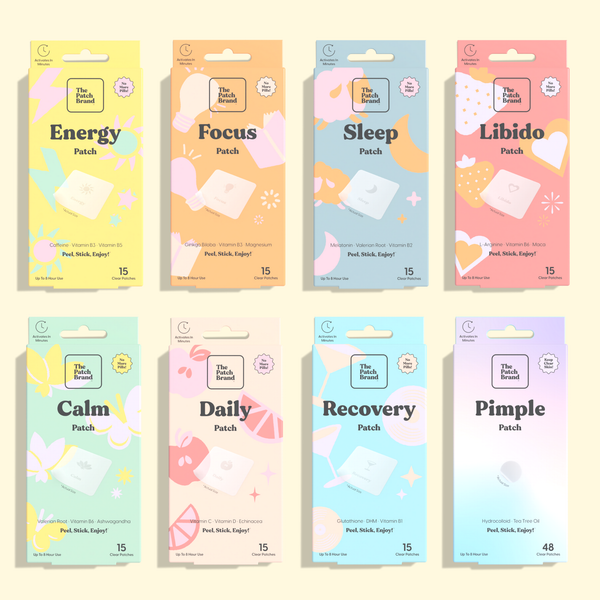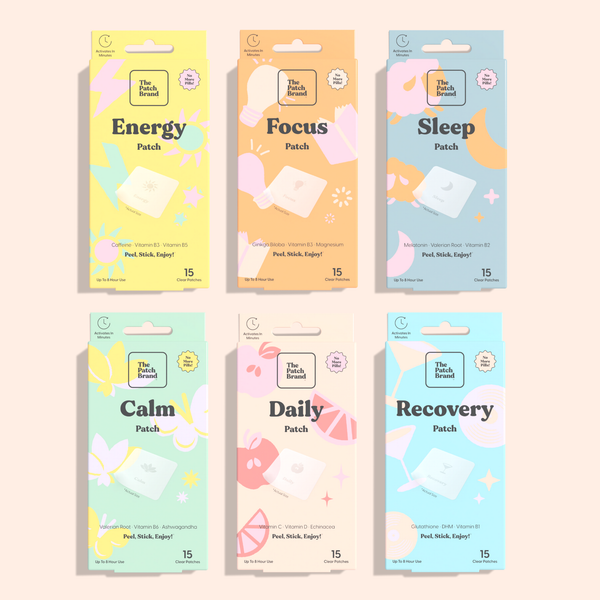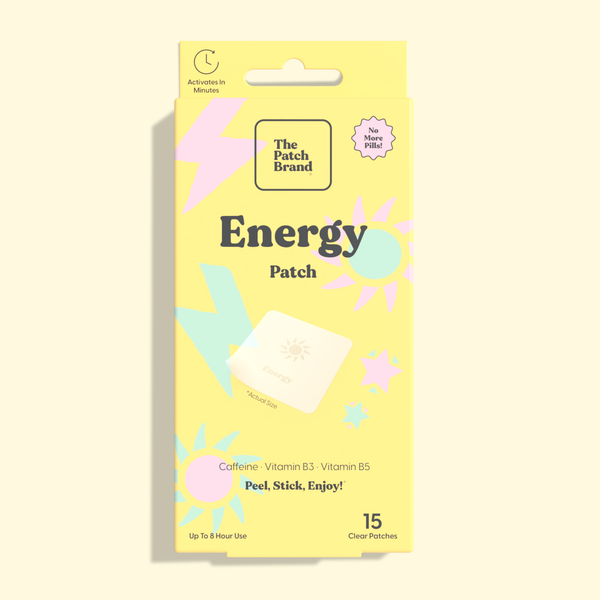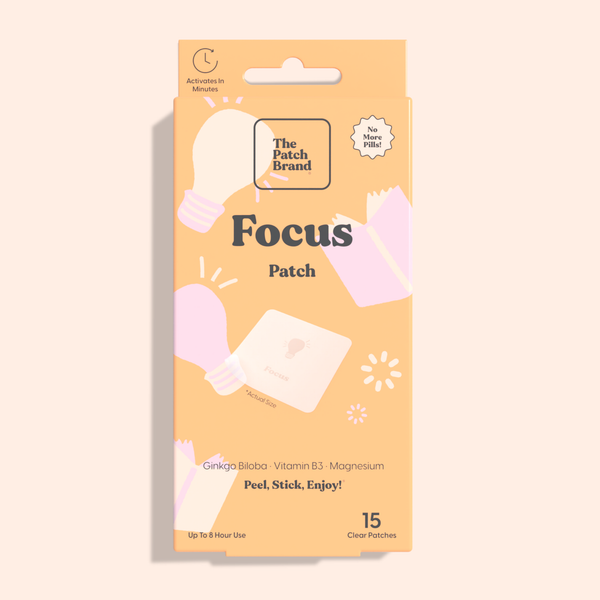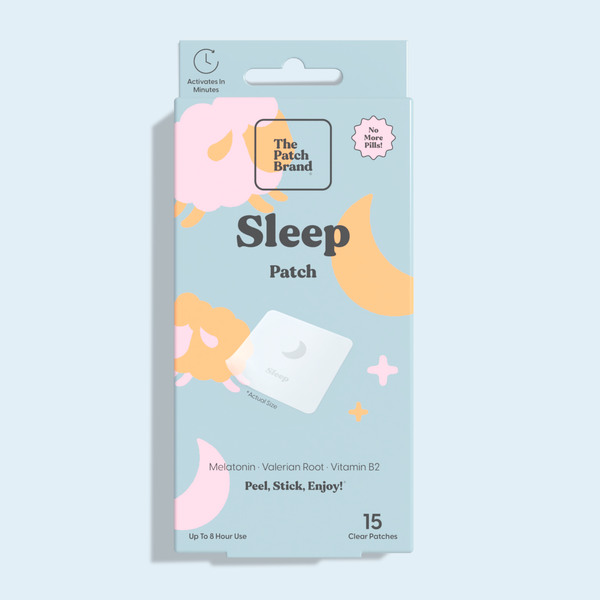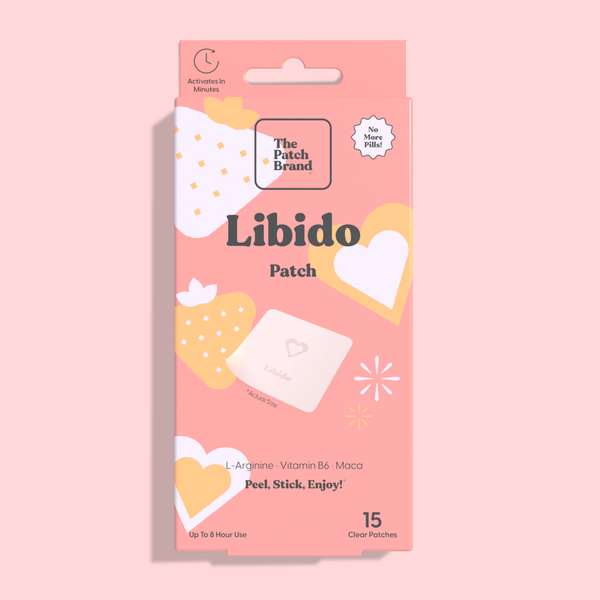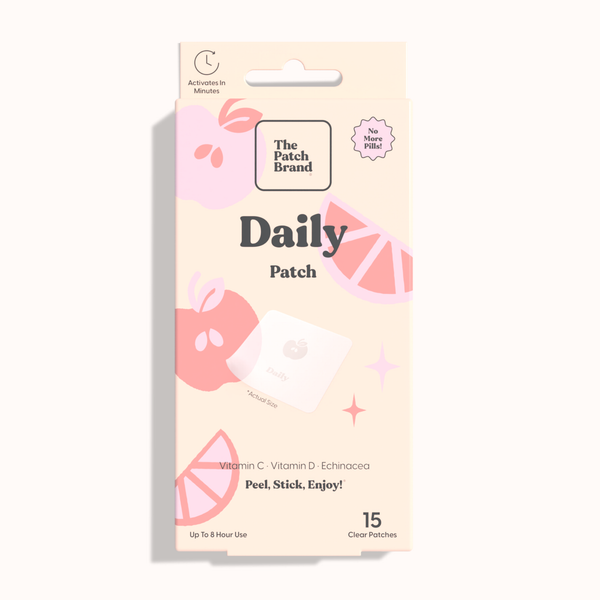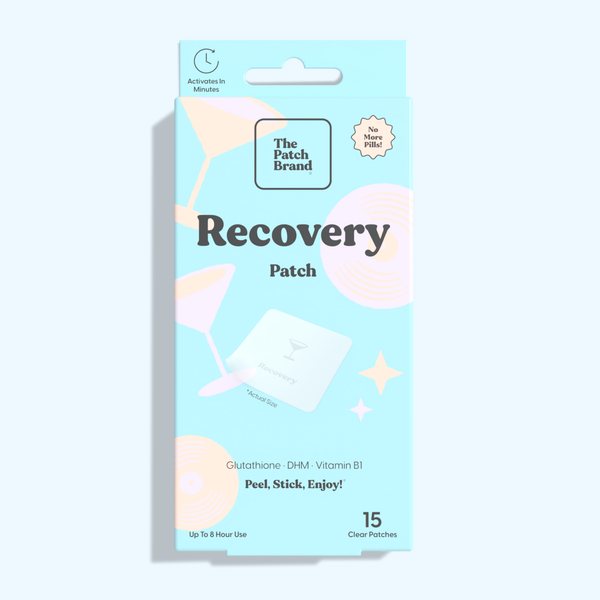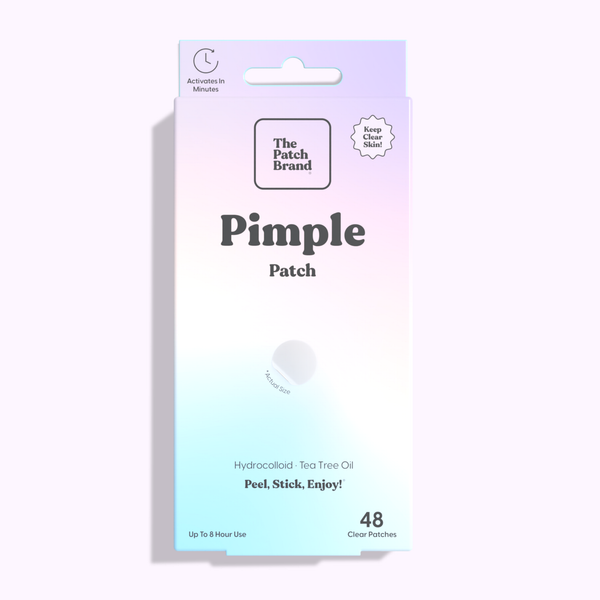Vitamins are essential for our health, playing critical roles in various bodily functions. However, the effectiveness of these vitamins heavily depends on how well our bodies can absorb them. This process, known as absorption, varies significantly based on the method of intake. Vitamins can be delivered through various means, including orally (like pills and liquids) or through the skin, known as transdermal vitamin patches. The method of delivery can greatly impact the absorption rate, which in turn affects how much of the vitamin our body can use. Understanding these differences is crucial for making informed decisions about our health and well-being.
Understanding Transdermal Vitamins
Overview of Transdermal Vitamin Patches
These patches are applied to the skin, from where the vitamins are absorbed directly into the bloodstream. This method offers a distinctive approach compared to traditional vitamin supplements. The patches are designed to release a steady stream of nutrients over time, providing a consistent and controlled dosage. The transdermal vitamin patches have gained popularity due to their convenience and perceived efficiency in delivering vitamins directly to the body without passing through the digestive system.
Mechanism of Skin Absorption
The skin, being the largest organ of the body, acts as a critical gateway for
transdermal vitamins and minerals. The patches utilize the skin’s permeability to deliver nutrients. When a transdermal patch is applied, it creates a controlled environment on the skin's surface. This environment enables the vitamins to penetrate through the epidermis, the outermost layer of skin, gradually making their way into the bloodstream. This process is carefully regulated to ensure a steady, sustained release of nutrients, maximizing the absorption and effectiveness of the vitamins.
Types of Transdermal Vitamins
Transdermal technology has paved the way for a variety of vitamin formulations to be administered through the skin. Among the various types available are single-vitamin patches, which focus on delivering individual vitamins like Vitamin D or B12. These are particularly beneficial for individuals with specific deficiencies or those who require higher levels of certain nutrients. Additionally, there are more complex formulations, such as the transdermal multivitamin patch. These multivitamin patches provide a comprehensive array of essential vitamins and minerals, making them a convenient option for those seeking to cover a broad spectrum of nutritional needs in one simple application.
Benefits of Transdermal Vitamins
One of the primary advantages is the avoidance of gastrointestinal discomfort, a common issue with oral supplements. This method is also beneficial for those with absorption issues or certain medical conditions that hinder nutrient uptake from the digestive tract. Additionally, transdermal patches offer convenience, as they are easy to apply and do not require daily ingestion of pills. This ease of use, combined with the efficient delivery system, makes transdermal patches an appealing choice for many seeking an effective vitamin supplementation method.
Exploring Oral Supplements
Oral supplements, the most conventional form of vitamin intake, come in various types like capsules, tablets, powders, and liquids. This variety offers flexibility in terms of preference and suitability for different lifestyles. Traditional oral supplements have been the go-to choice for many years, providing an easy and familiar way to incorporate essential vitamins and minerals into daily routines.
Absorption Via the Digestive System
The process of absorbing nutrients from oral supplements involves the digestive system. When a supplement is ingested, it travels through the stomach and intestines, where it is broken down to release the vitamins and minerals. These nutrients are then absorbed through the walls of the intestines into the bloodstream. This journey through the digestive system is influenced by various factors, including the presence of food, stomach acidity, and overall gut health, which can affect the efficiency of nutrient absorption.
Common Challenges with Oral Supplements
Oral supplements are a popular choice for those looking to boost their nutritional intake. However, despite their widespread use, these supplements are often associated with a variety of challenges that can significantly impact their effectiveness. Understanding these issues is crucial for both consumers and healthcare providers to maximize the benefits while minimizing potential negative effects:
-
Gastrointestinal Irritation: As mentioned previously, a common issue faced by many is gastrointestinal irritation. This can manifest as stomach upset, nausea, or other forms of digestive discomfort. These symptoms are particularly prevalent when supplements are taken on an empty stomach. For some, this discomfort can be so severe that it discourages regular use of the supplement, thus impacting its potential health benefits.
-
Absorption Variability: This absorption can vary significantly based on several factors, such as age, overall health conditions, and even the presence of specific foods in the diet. For instance, older adults may have a reduced ability to absorb certain nutrients effectively, while certain health conditions can further impede this process.
-
Nutrient Interaction: When taken orally, certain vitamins and minerals can interact with each other, often leading to reduced effectiveness. For example, high doses of calcium can interfere with the absorption of iron, while vitamin C can enhance it. This complexity requires careful consideration in the formulation of supplement regimens to avoid inadvertent reduction in the effectiveness of the individual components.
-
Degradation by Stomach Acids: It has been stated before that some nutrients are particularly sensitive to the acidic environment in the stomach. These nutrients may be degraded or destroyed before they have a chance to be absorbed in the intestines, leading to decreased bioavailability. This challenge suggests the potential value of developing more stable forms of these nutrients or alternative delivery methods that can bypass the stomach.
-
The Inconvenience of Swallowing Pills: This can be particularly problematic for certain populations, such as young children and the elderly, who may find it difficult or uncomfortable. This inconvenience can lead to poor adherence to supplement regimens, which in turn diminishes their effectiveness and potential health benefits.
Given these challenges, there is a growing interest in exploring alternative methods of vitamin and nutrient delivery. This approach can potentially bypass many of the obstacles associated with oral supplementation, such as gastrointestinal irritation and the impact of stomach acids. By exploring and developing these alternative methods, it may be possible to provide more effective and user-friendly ways of meeting nutritional needs.
Choosing the Right Vitamin Intake Method
Factors to Consider When Choosing Vitamin Patches
Selecting the right method for vitamin intake requires careful consideration of various factors. When considering transdermal vitamin patches, it's important to evaluate individual health needs, lifestyle, and specific nutritional requirements. Factors such as skin sensitivity, the specific nutrients needed, and personal preferences for supplement forms play a crucial role. Additionally, consulting with a healthcare professional can provide valuable insights into whether transdermal patches are suitable for one's unique health conditions and nutritional goals.
Evaluating the Effectiveness of Different Formulations
When exploring the options for vitamin supplementation, the effectiveness of different formulations is a key consideration. This involves comparing the bioavailability and absorption rates of transdermal multivitamins versus oral supplements. It’s important to research and understand the specific formulations of the vitamins in patches and pills, as this can impact their effectiveness. Some nutrients may be more effectively absorbed through the skin, while others might be better suited for oral ingestion. Therefore, an informed approach, possibly including trial and error, is often necessary to find the most effective formulation for individual needs.
Addressing Potential Limitations and Considerations
While transdermal multivitamin patch benefits are compelling, it’s also important to address potential limitations and considerations. These may include skin reactions, the pace of nutrient release, and the range of nutrients available in patch form. Understanding these limitations helps in making an informed decision. It's also crucial to consider the potential interactions of transdermal vitamins with other medications or health conditions.
The landscape of vitamin supplementation is continuously evolving, with ongoing research and development in both transdermal and oral methods. As we gain more scientific insights, the efficacy and scope of these methods are likely to improve further. For individuals, staying informed about these advancements is key to making the best personal health choices. Consulting healthcare professionals, considering personal health conditions, and being aware of the latest research are crucial steps in selecting the most suitable method for vitamin intake. Ultimately, the goal is to choose a path that supports overall health and wellness, tailored to one's unique needs and circumstances.
